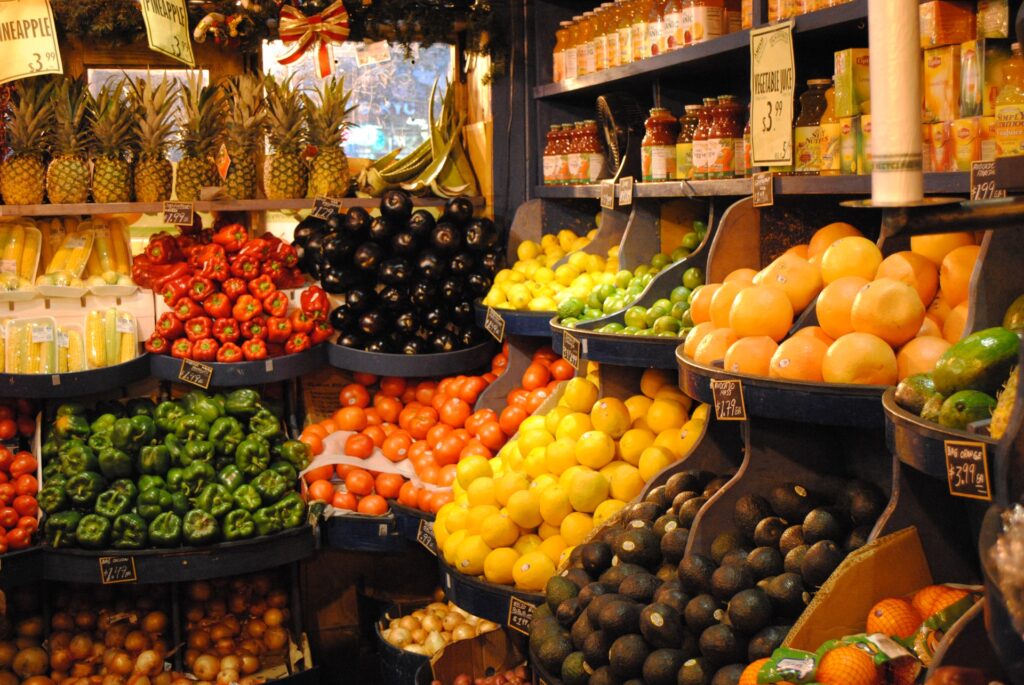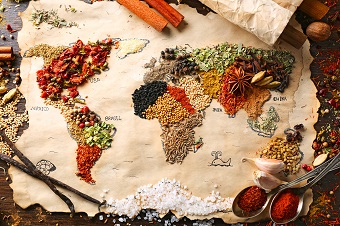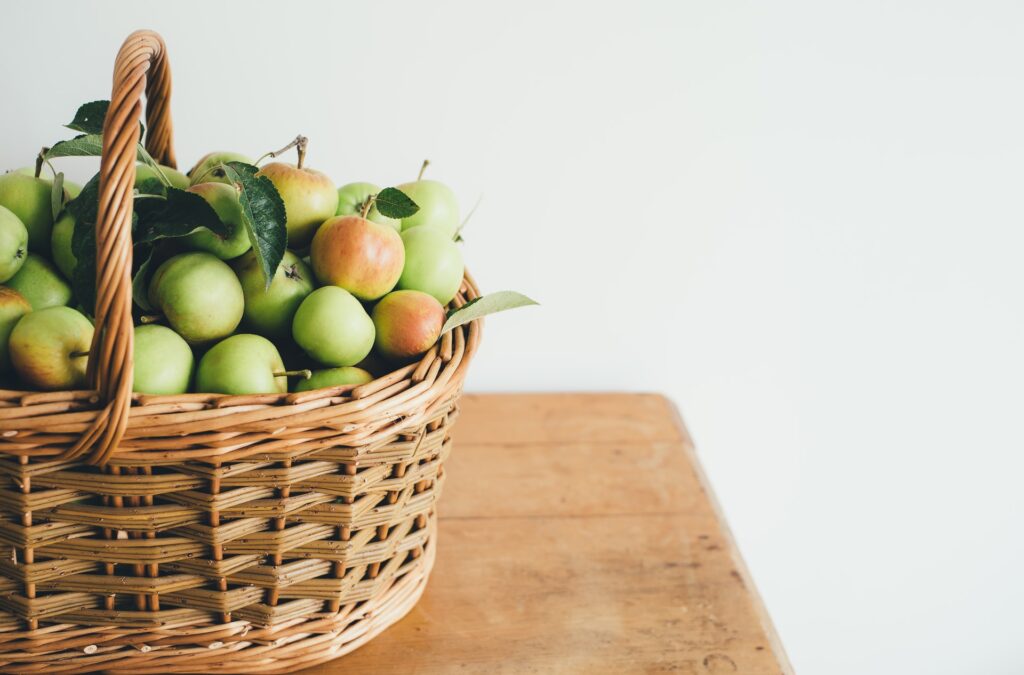
In recent years, as global food chains have expanded and become global, a large array of charactrerization have been used to descibe the food supply chain of large food manufacturers and retailers. The most accurate, through the COVID-19 pandemic is the keyword “complexity”. Therefore, consumers can now enjoy exquisite products that combine ingredients from around the world.
However, this complexity usually makes Security and Quality Assurance professionals concerned about new ingredients and /or new suppliers coming from geographical areas unknown to them. Supplier assessment is fundamental to minimizing the risk of potential product recalls and maintain brand reputation.
Every year food recalls are happening in the market due to outdated risks. Suppliers are facing economic pressure and therefore tests for such risks are often overlooked.
That is the beginning of an avalanche because the outdated risks are added to new and unexpected types of risks that have not been foreseen or handled by the food company in the past, creating a challenge that can lead to financial as well as brand damage.

There are several parameters that a QAFS professional should take into consideration before deciding to work with a new supplier.
First of all, there are some geopolitical considerations. For example, if the supplier’s country of origin has a history of frequent food recalls in recent years regarding the type of raw material to be supplied, or if the supplier’s country has a high corruption index.
Secondly, supplier verifications regarding the transparency and traceability of raw materials. The supplier must have a valid certificate of compliance with a global food safety standard, such as GFSI.
It should then be checked whether the supplier has been involved in food recalls, food safety or food fraud incidents in recent years or if there are any records of border rejections, import detentions, complaints, or warning letters regarding the specific supplier in the last few years.

Food safety expert’s main duty is to ensure that every single product distributed to the market is safe and complied with the highest possible standards.
To achieve this, each new supplier must first be assessed.
The results of laboratory tests for at least two batches of this product or raw material must then be considered.
Finally, three criteria need to be better considered: the results of the sensory evaluation tests, the global trends in product recalls, and the top hazards and vulnerabilities for the product category or the specific ingredient.

When all this valuable information is available, food safety and quality assurance teams can accomplish their purpose.
But this information is often hidden in heterogeneous, scattered, and multilingual data, and filtering it requires data processing skills, time, and patience.
On the other hand, there is a lack of historical knowledge about contaminants and hazards when working with new ingredients and there is always the risk of new forms of food adulteration and fraud.
A much more effective way to take advantage of the information available to evaluate new suppliers is to upgrade the process of manually collecting and organizing all these data into a spreadsheet, analyzing them, and assessing the risk, to using a cloud-based platform with a simple and straightforward user interface instead. The final product of our European Horizon funded project, “The Food Safety Market“, will be an operational platform which utilises state-of-the-art data technologies, providing not only information needed in no time but also, a deep hazard analysis, and supplier check and risk estimation that can all be set in a few minutes.
